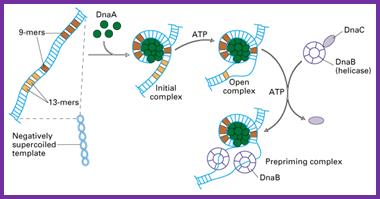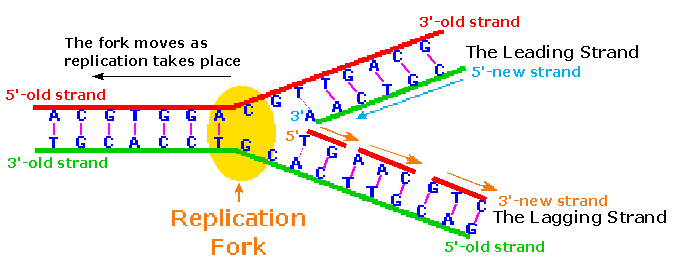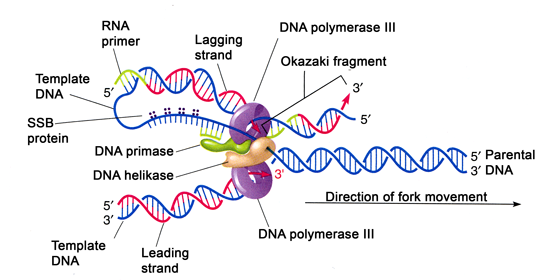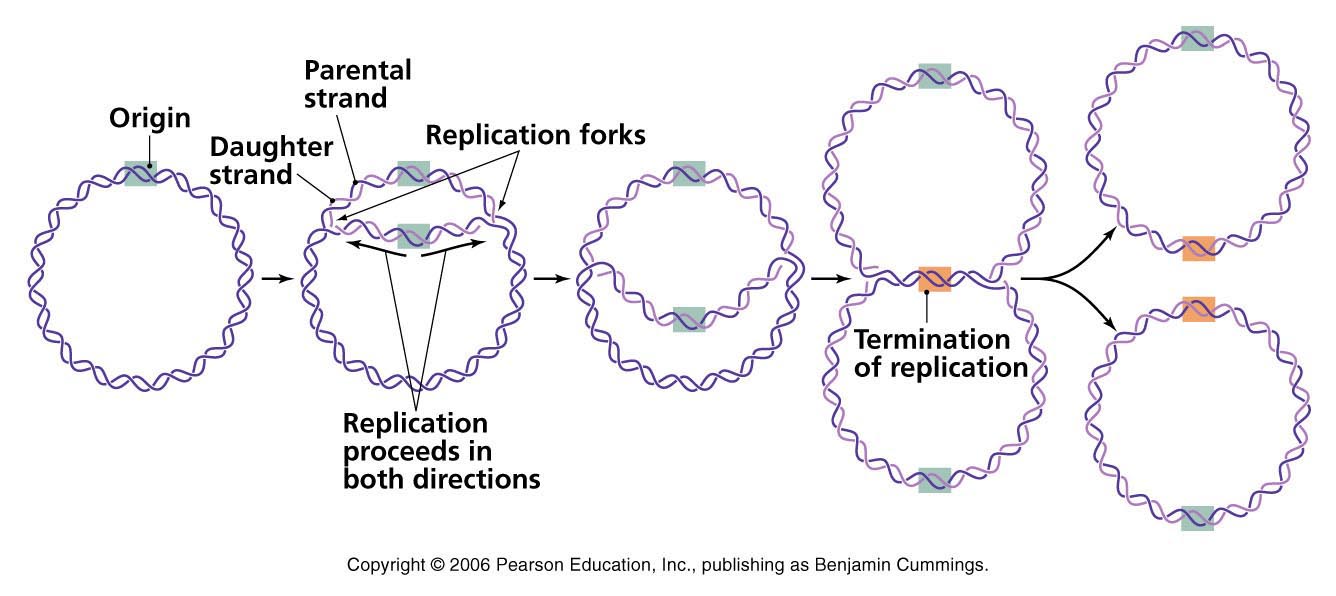Hard evidence that DNA doesn't dictate traits or characteristics
Pigmentation, hair/fur/coat color
https://www.frontiersin.org/articles/10.3389/fgene.2020.603528/full
Excerpt: "Results: We compared genome-wide DNA methylation profiles in Rex rabbit hair follicles in a Chinchilla group (Ch) and a diluted Chinchilla group (DCh) through whole-genome bisulfite sequencing (WGBS). Approximately 3.5% of the cytosine sites were methylated in both groups, of which the CG methylation type was in greatest abundance. In total, we identified 126,405 differentially methylated regions (DMRs) between the two groups, corresponding to 11,459 DMR-associated genes (DMGs). Gene ontology and Kyoto Encyclopedia of Genes and Genomes pathway analysis revealed that these DMGs were principally involved in developmental pigmentation and Wnt signaling pathways. In addition, two DMRs were randomly selected to verify that the WGBS data were reliable using bisulfite sequencing PCR, and seven DMGs were analyzed to establish the relationship between the level of DNA methylation and mRNA expression using qRT-PCR. Due to the limitation of small sample size, replication of the results with a larger sample size would be important in future studies.
Conclusion: These findings provide evidence that there is an association between inherited color dilution and DNA methylation alterations in hair follicles, greatly contributing to our understanding of the epigenetic regulation of rabbit pigmentation."
Excerpt: "Totals of 3434 and 3683 unigenes had significantly lower and higher expression in WCC, respectively, compared with unigenes expressed in RCC. Some potential genes for body color development were further identified by quantitative polymerase chain reaction, such as mitfa, tyr, tyrp1, and dct, which were down-regulated, and foxd3, hpda, ptps, and gch1, which were up-regulated. A KEGG pathway analysis indicated that the differentially expressed genes were mainly related to mitogen activated protein kinase (MAPK), Wnt, cell cycle, and endocytosis signaling pathways, as well as variations in melanogenesis in crucian carp. In addition, some differentially expressed DNA methylation site genes were related to pigmentation, including mitfa, tyr, dct, foxd3, and hpda. The differentially expressed DNA methylation sites were mainly involved in signaling pathways, including MAPK, cAMP, endocytosis, melanogenesis, and Hippo."
Excerpt: "Epigenetic patterns of histone modifications contribute to the maintenance of tissue-specific gene expression. Here, we show that such modifications also accompany the specification of cell identities by the NF-κB transcription factor Dorsal in the precellular Drosophila embryo. We provide evidence that the maternal pioneer factor, Zelda, is responsible for establishing poised RNA polymerase at Dorsal target genes before Dorsal-mediated zygotic activation. At the onset of cell specification, Dorsal recruits the CBP/p300 coactivator to the regulatory regions of defined target genes in the presumptive neuroectoderm, resulting in their histone acetylation and transcriptional activation. These genes are inactive in the mesoderm due to transcriptional quenching by the Snail repressor, which precludes recruitment of CBP and prevents histone acetylation. By contrast, inactivation of the same enhancers in the dorsal ectoderm is associated with Polycomb-repressed H3K27me3 chromatin. Thus, the Dorsal morphogen gradient produces three distinct histone signatures including two modes of transcriptional repression, active repression (hypoacetylation), and inactivity (H3K27me3). Whereas histone hypoacetylation is associated with a poised polymerase, H3K27me3 displaces polymerase from chromatin. Our results link different modes of RNA polymerase regulation to separate epigenetic patterns and demonstrate that developmental determinants orchestrate differential chromatin states, providing new insights into the link between epigenetics and developmental patterning."
Excerpt: "Researchers have shown that the enzyme lysine demethylase 7a helps ensure the ordered axial development of the mouse embryo by modulating Hox genes which specify positional characteristics along the head-to-tail axis. Their findings suggest that the enzyme modulates Hox gene activation by regulating the repressive histone mark H3K9me2, an epigenetic modification of the DNA packaging protein Histone H3."
Excerpt: "We did not find large size copy number variation (CNV) genetic differences between populations of either species. However, other genetic variants were not investigated. In contrast, we did find dramatic epigenetic differences between the urban and rural populations of both species, based on DNA methylation analysis. We explored genomic features and gene associations of the differentially DNA methylated regions (DMR), as well as their possible functional significance. Conclusions In summary, our study documents local population epigenetic variation within each of two species of Darwin’s finches."
Excerpt: "Genome-wide SNP analyses have identified genomic variants associated with adult human height. However, these only explain a fraction of human height variation, suggesting that significant information might have been systematically missed by SNP sequencing analysis. A candidate for such non-SNP-linked information is DNA methylation. Regulation by DNA methylation requires the presence of CpG islands in the promoter region of candidate genes. Seventy two of 87 (82.8%), height-associated genes were indeed found to contain CpG islands upstream of the transcription start site (USC CpG island searcher; validation: UCSC Genome Browser), which were shown to correlate with gene regulation. Consistent with this, DNA hypermethylation modules were detected in 42 height-associated genes, versus 1.5% of control genes (P = 8.0199e(-17)), as were dynamic methylation changes and gene imprinting. Epigenetic heredity thus appears to be a determinant of adult human height. Major findings in mouse models and in human genetic diseases support this model. Modulation of DNA methylation are candidate to mediate environmental influence on epigenetic traits. This may help to explain progressive height changes over multiple generations, through trans-generational heredity of progressive DNA methylation patterns."
Excerpt: "Epigenetic changes caused by methylcytosine modification participate in gene regulation and transposable element (TE) repression, resulting in phenotypic variation. Although the effects of DNA methylation and TE repression on flower, fruit, seed coat, and leaf pigmentation have been investigated, little is known about the relationship between methylation and flower color chimerism. In this study, we used a comparative methylomic–transcriptomic approach to explore the molecular mechanism responsible for chimeric flowers in Prunus mume “Danban Tiaozhi”. High-performance liquid chromatography-electrospray ionization mass spectrometry revealed that the variation in white (WT) and red (RT) petal tissues in this species is directly due to the accumulation of anthocyanins, i.e., cyanidin 3,5-O-diglucoside, cyanidin 3-O-glucoside, and peonidin 3-O-glucoside. We next mapped the first-ever generated methylomes of P. mume, and found that 11.29–14.83% of the genomic cytosine sites were methylated. We also determined that gene expression was negatively correlated with methylcytosine level in general, and uncovered significant epigenetic variation between WT and RT. Furthermore, we detected differentially methylated regions (DMRs) and DMR-related genes between WT and RT, and concluded that many of these genes, including differentially expressed genes (DEGs) and transcription factor genes, are critical participants in the anthocyanin regulatory pathway. Importantly, some of the associated DEGs harbored TE insertions that were also modified by methylcytosine. The above evidence suggest that flower color chimerism in P. mume is induced by the DNA methylation of critical genes and TEs."
Excerpt: “This is a novel conceptual framework for understanding how different facial features arise,” Rijli said about the team’s study. “Epigenetic poising may allow cranial neural crest cells to rapidly adapt their response to local variations in environmental signaling, thus potentially explaining differences in facial shape between individuals.”
Specifically, they looked at different chromatin profiles of neural crest cells in various positions prior to and after migration. First author Maryline Minoux said, “in the postmigratory neural crest cells, the promoters of the differentially silenced genes – i.e. genes not expressed in some populations, but expressed in others – were maintained in a bivalent configuration marked by both repressive H3K27me3 and activating H3K4me2 epigenetic histone modifications.”
The histone modifications poised the genes for activation. Interestingly, this configuration was already found in the neural crest cells before they had even begun migration. As soon as the cells are exposed to particular environmental cues, they get rid of the repressive H3K27 trimethylation mark (H3K27me3) and begin to form various facial features.
Additionally, the authors also discovered that the Ezh2 (Enhancer of zeste homolog 2) component of the PRC2 (Polycomb Repressive Complex 2) had a hand in regulating the poised chromatin state. PRC2 is an established chromatin remodeler during the embryo’s development.
Even if the genes responsible for these craniofacial structures are almost the same in each person, epigenetics could contribute to the reason why some people have a more pronounced forehead, high cheekbones, a button nose, or almond-shaped eyes. Although additional research is needed, the study offers novel insights into the epigenetic regulation of the formation of our facial features.
https://academic.oup.com/jxb/article/67/3/723/2893338
Excerpt: "To investigate variation in DNA methylation and whether this variation associates with important plant traits, including leaf shape and photosynthesis, 20 413 DNA methylation sites were examined in a poplar association population (505 individuals) using methylation-sensitive amplification polymorphism (MSAP) technology. Calculation of epi-population structure and kinships assigned individuals into subsets (K=3), revealing that the natural population of P. simonii consists of three subpopulations. Population epigenetic distance and geographic distance showed a significant correlation (r=0.4688, P<0.001), suggesting that environmental factors may affect epigenetics. Single-marker approaches were also used to identify significant marker–trait associations, which found 1087 high-confidence DNA methylation markers associated with different phenotypic traits explaining ~5–15% of the phenotypic variance. Among these loci, 147 differentially methylated fragments were obtained by sequencing, representing 130 candidate genes. Expression analysis of six candidate genes indicated that these genes might play important roles in leaf development and regulation of photosynthesis. This study provides association analysis to study the effects of DNA methylation on plant development and these data indicate that epigenetics bridges environmental and genetic factors in affecting plant growth and development."
Excerpt: "Epigenetic control of gene expression is critical for normal fetal development. However, chromatin-related mechanisms that activate bone-specific programs during osteogenesis have remained underexplored. Therefore, we investigated the expression profiles of a large cohort of epigenetic regulators (>300) during osteogenic differentiation of human mesenchymal cells derived from the stromal vascular fraction of adipose tissue (AMSCs). Molecular analyses establish that the polycomb group protein EZH2 (enhancer of zeste homolog 2) is down-regulated during osteoblastic differentiation of AMSCs. Chemical inhibitor and siRNA knockdown studies show that EZH2, a histone methyltransferase that catalyzes trimethylation of histone 3 lysine 27 (H3K27me3), suppresses osteogenic differentiation. Blocking EZH2 activity promotes osteoblast differentiation and suppresses adipogenic differentiation of AMSCs. High throughput RNA sequence (mRNASeq) analysis reveals that EZH2 inhibition stimulates cell cycle inhibitory proteins and enhances the production of extracellular matrix proteins. Conditional genetic loss of Ezh2 in uncommitted mesenchymal cells (Prrx1-Cre) results in multiple defects in skeletal patterning and bone formation, including shortened forelimbs, craniosynostosis, and clinodactyly. Histological analysis and mRNASeq profiling suggest that these effects are attributable to growth plate abnormalities and premature cranial suture closure because of precocious maturation of osteoblasts. We conclude that the epigenetic activity of EZH2 is required for skeletal patterning and development, but EZH2 expression declines during terminal osteoblast differentiation and matrix production."
Excerpt: "Distantly related, lookalike Heliconius species arrive at the same appearance using the same few genes, but regulated differently, according to recent studies."
Excerpt: "There's evidence that altered methylation is central to the changes in these fish. A drug called 5-Azacytidine is an inhibitor of methylation (it's used by people with myelodysplastic syndrome, a rare disorder in which blood cells do not mature properly). Injections of the drug into cave fish embryo eyes could partially rescue their development, confirming that their loss is due to changes in methylation."
https://www.frontiersin.org/articles/10.3389/fevo.2021.646281/full
Excerpt: "We also identified 4.946 loci and 4.960 regions showing stage-specific differential methylation. Interestingly, genes encoding histone acetyltransferases and histone deacetylases were differentially methylated in the larvae and adults, indicating there is crosstalk between different epigenetic mechanisms. The distinct sets of methylated genes in M. sexta larvae and adults suggest that complete metamorphosis involves epigenetic modifications associated with profound transcriptional reprogramming, involving approximately half of all the genes in this species."
- Epigenetic mechanisms and factors regulate organismal traits and characteristics.
- DNA has no predictive role for organismal development and variation.
- The following traits/characteristics are regulated by epigenetic mechanisms and factors:
- Pigmentation
- Fur/hair/coat color
- Body plan
- Beak size and shape
- Human height
- Flower color changes
- Facial characteristics
- Leaf shape and photosynthesis
- Skeletal development and morphology
- Butterfly wing color patterning
- Blind cave fish eye development
- Insect metamorphosis
Science is changing. A few years ago we were taught that DNA determines organismal traits and characteristics. Modern science has revealed that epigenetic mechanisms and factors control reading and transcription of DNA. Epigenetic regulation never results in any kind of evolution because there is no mechanism increasing biological information in a way that could result in growth of structural or functional complexity in organisms. Epigenetic modifications only regulate or switch on/off pre-existing biological information. It's all about alternative biological programs. Evolution never happened. Don't get lost, my friends.













